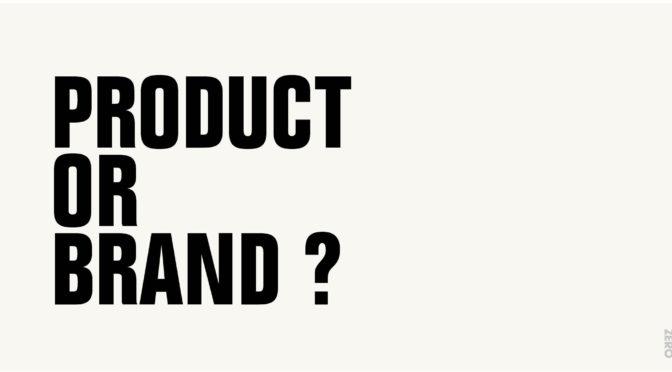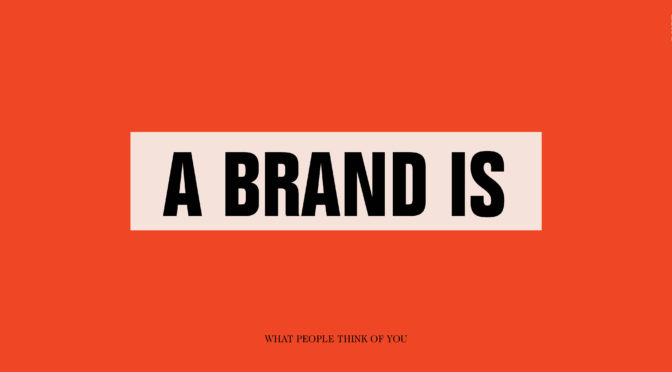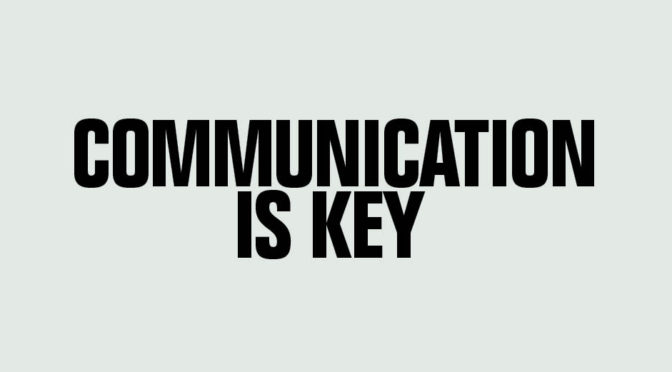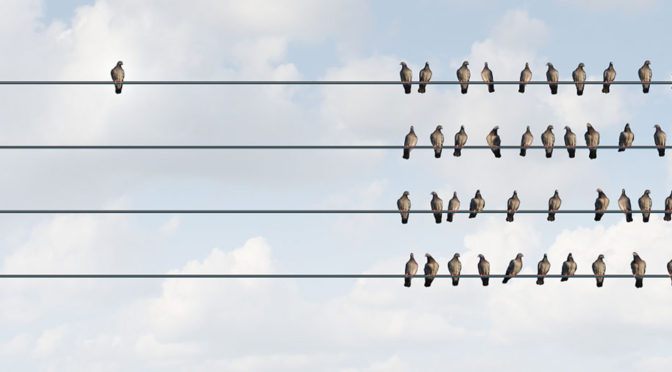Cost effective marketing has to be carefully planned. You cannot carry it out in a haphazard manner. Here’s where Zero Budget Agency comes in . We work at minimal costs in the following ways. We call it Zero’ism. 1. We blog: A surefire way to driving traffic to your website is through quality content and blogging. Depending on the quality of your blog more people are likely to follow and interact with you, making your site and product more visible. 2. We take a disciplined approach to marketing: by planning, strategising key movements. 3. We make videos : We keep our viewers entertained and in the loop of things we are doing in the form of videos. These are in house videos shot by our in house film maker, with a strong idea. It doesn’t have to overspill budget. Videos are an easy cheap way to raise awareness by sharing them on social media sites. 4. We use social media to the hilt, strategically: We don’t just post stuff for the heck of it. We plan their releases and we make sure we are aggressive while doing it. 5. We use email marketing : We use mailing lists to send out emailers on various offers that we have at a given time. 6. We make use of analytics: We just don’t blindly do paid advertisements on social media sites. We carefully gage the analytics on how well they fare or not. 7. We do press releases: Paid press releases making sure they happen over a periods of time and not just in an all at once approach.





